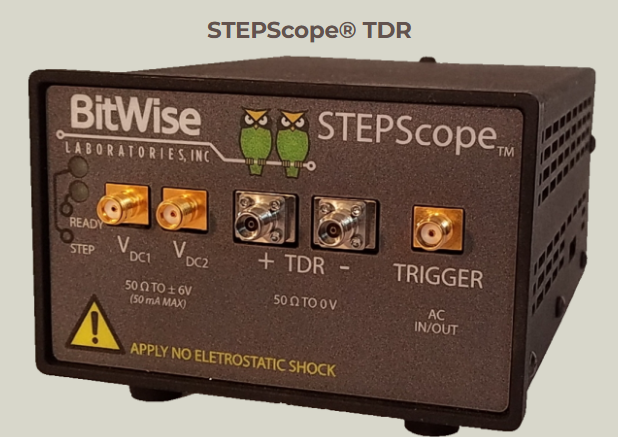How to Measure Insertion Loss – A Complete Guide by BitWise Laboratories
Understanding how to measure insertion loss is essential in
ensuring the efficiency and performance of communication systems, cables, and
components. At BitWise
Laboratories, we focus on delivering accurate testing and calibration
solutions that help engineers and technicians maintain signal integrity and
minimize data transmission errors. Insertion loss measurement plays a critical
role in evaluating the quality of transmission lines, fiber optics, and
electronic circuits.
Insertion loss refers to the amount of signal power lost
when a device or component is inserted into a transmission line. In simple
terms, it quantifies how much the inserted component weakens the signal.
Measuring it correctly ensures that your system operates within its specified
limits and maintains optimal signal strength.
To measure insertion loss effectively, the first step is to
use a calibrated signal generator and a reliable power meter or network
analyzer. Begin by measuring the signal power without the device under test
(DUT). This gives you the reference power level. Next, insert the DUT into the
circuit and measure the new signal power. The difference between the two
readings, usually expressed in decibels (dB), represents the insertion loss.
BitWise Laboratories emphasizes precision and repeatability
in every measurement. Factors such as cable quality, connector condition, and
environmental temperature can influence the results. Therefore, it is crucial
to use high-quality connectors, maintain stable test conditions, and ensure
proper calibration of equipment.
Another important aspect of how to measure insertion
loss is understanding the acceptable range for your specific system. For
instance, in optical fiber networks, insertion loss typically ranges between
0.3 dB and 0.75 dB per connector. Exceeding this range may indicate a fault,
contamination, or poor termination.
Our experts use advanced test equipment and proven
methodologies to deliver accurate and consistent insertion loss measurements.
We help clients across industries—telecommunications, aerospace, and
electronics—optimize their systems for high performance and reliability.
In conclusion, precise insertion loss measurement is not
just a technical step—it’s a critical quality assurance process. With the right
tools, standardized procedures, and expert support from BitWise Laboratories,
you can ensure that every component in your signal path performs flawlessly,
minimizing loss and maximizing system efficiency.




Comments
Post a Comment